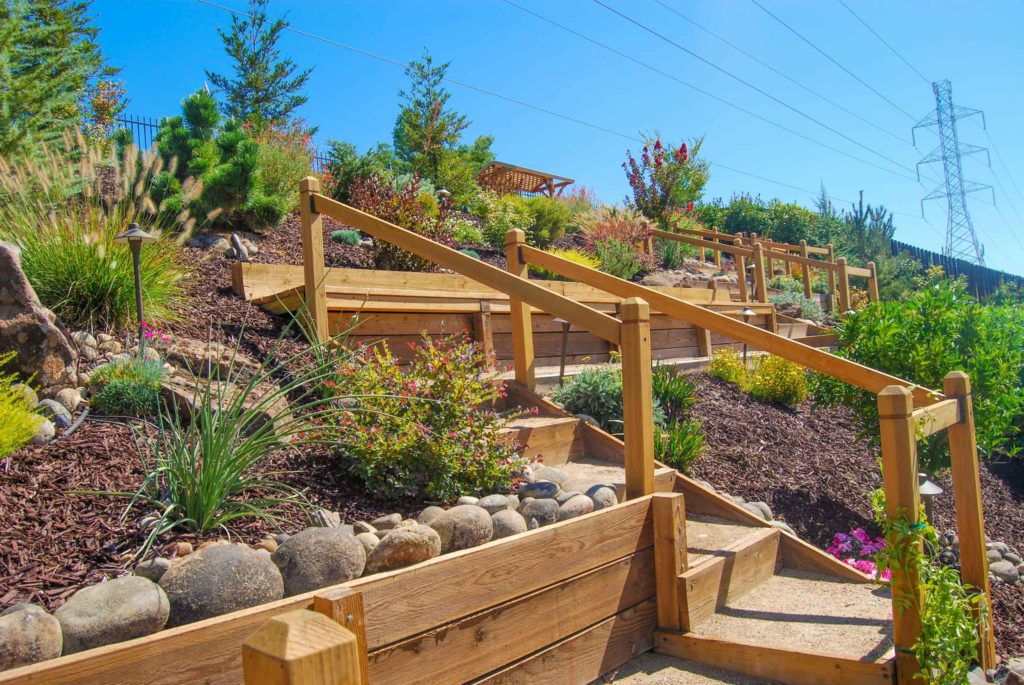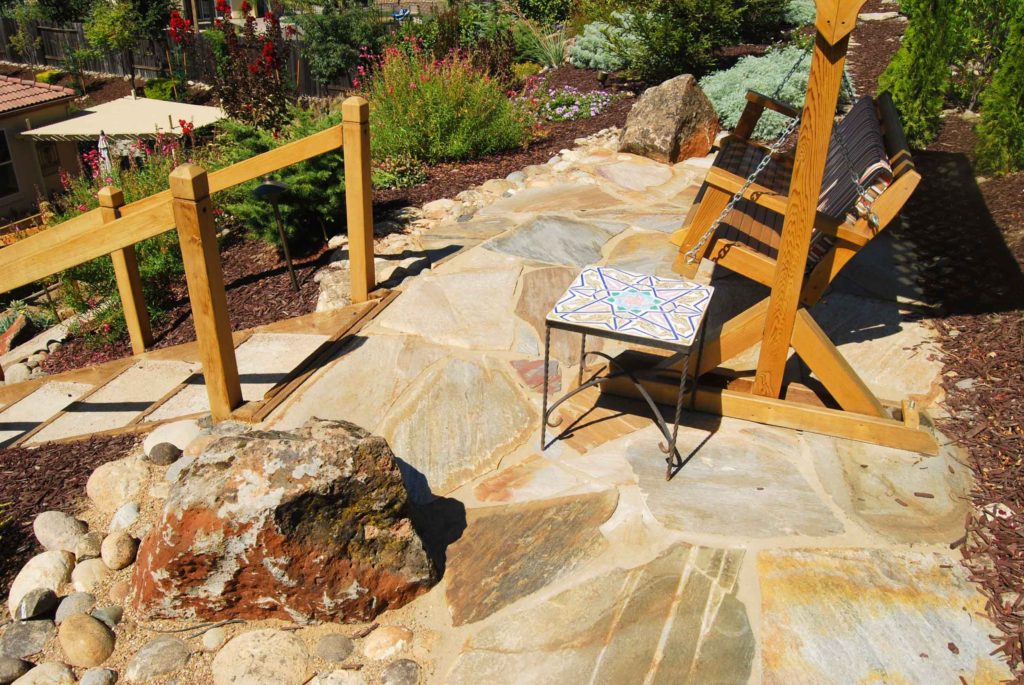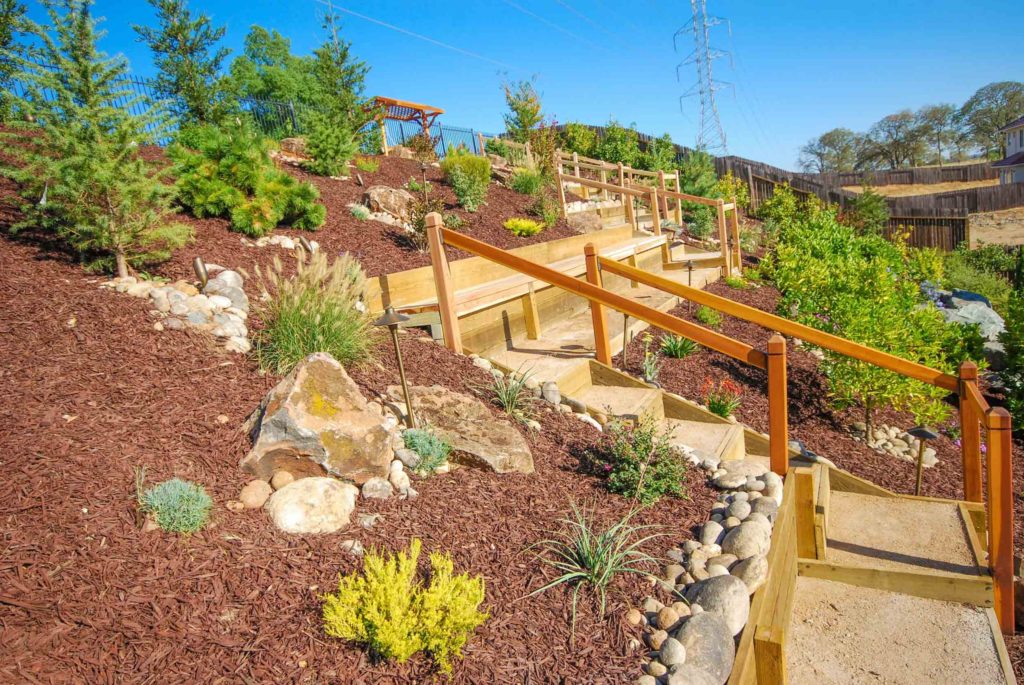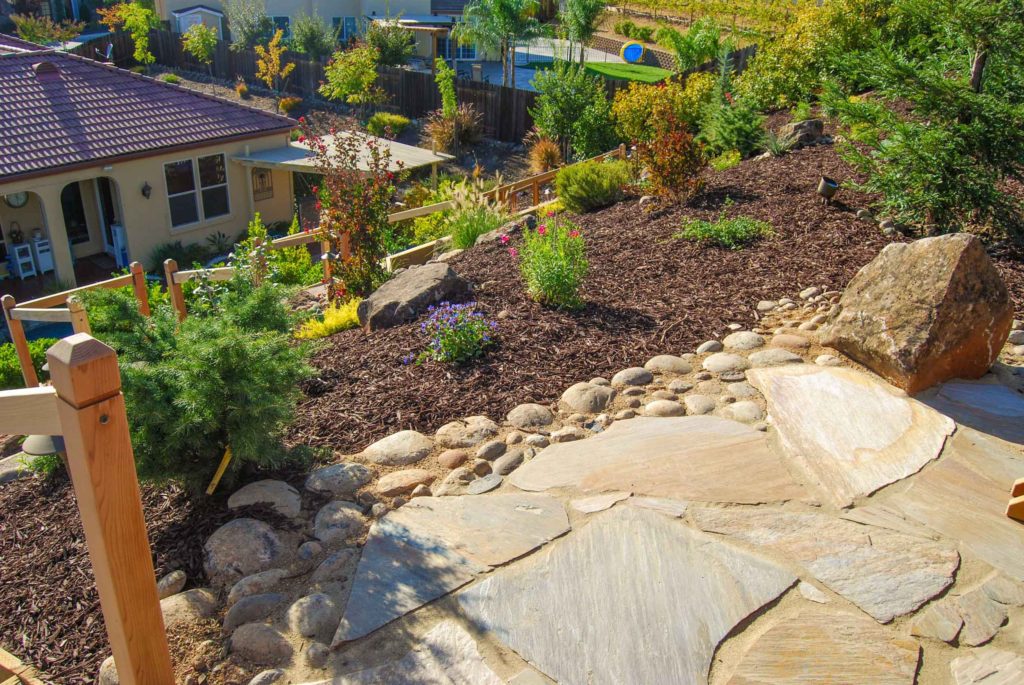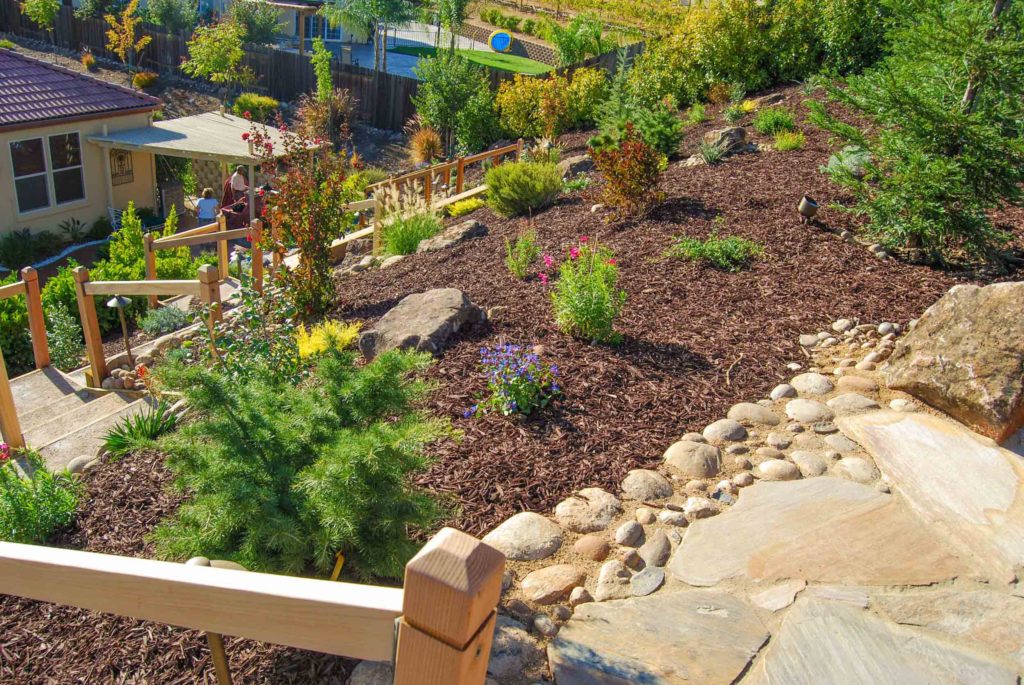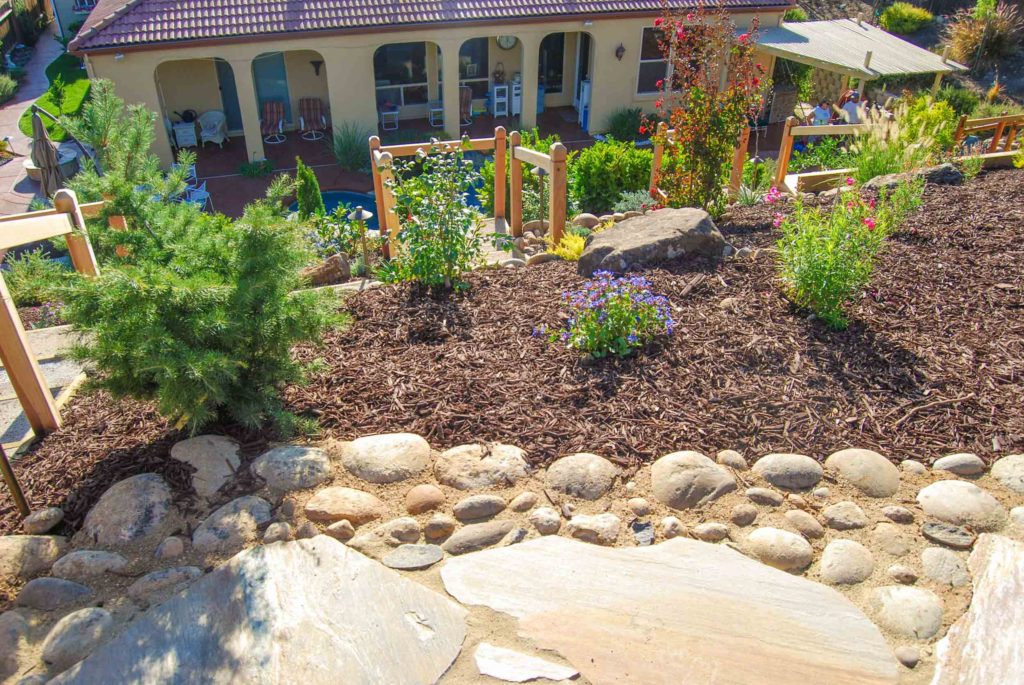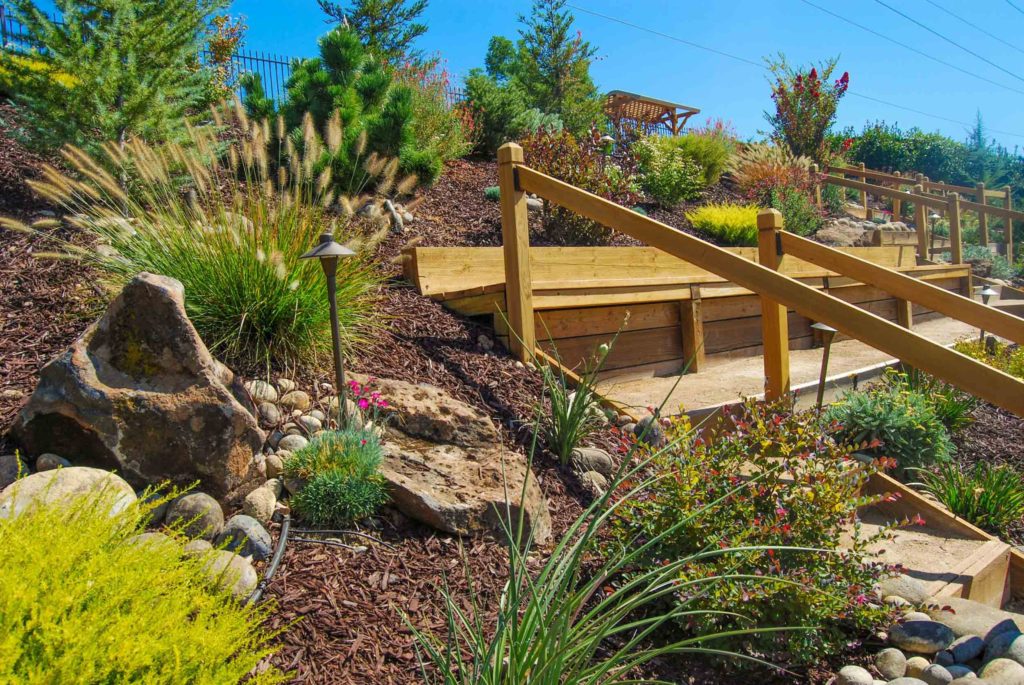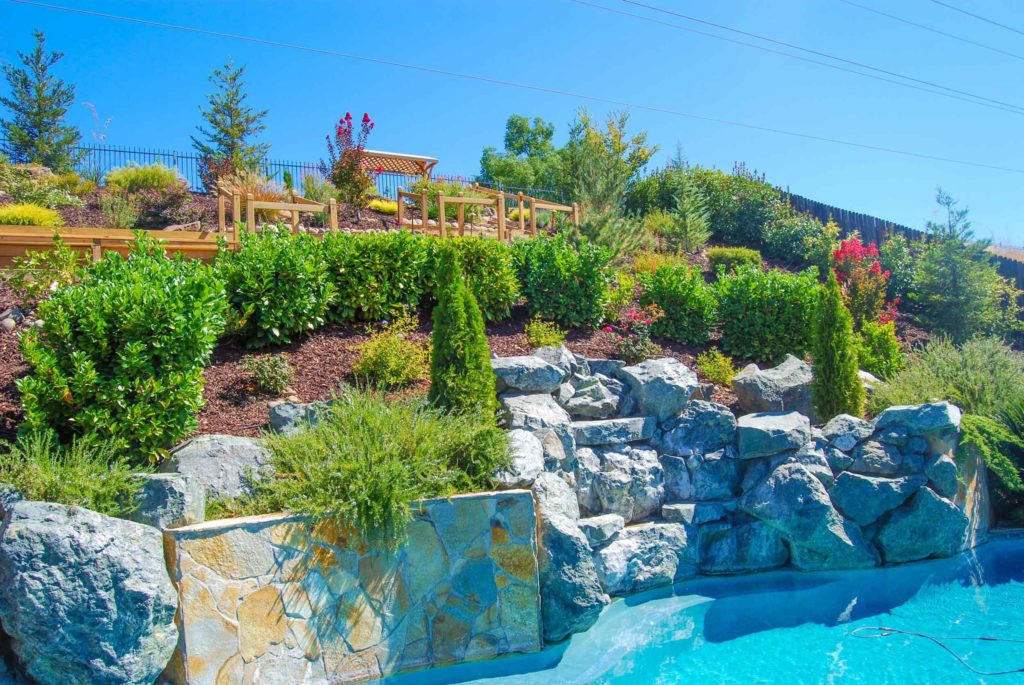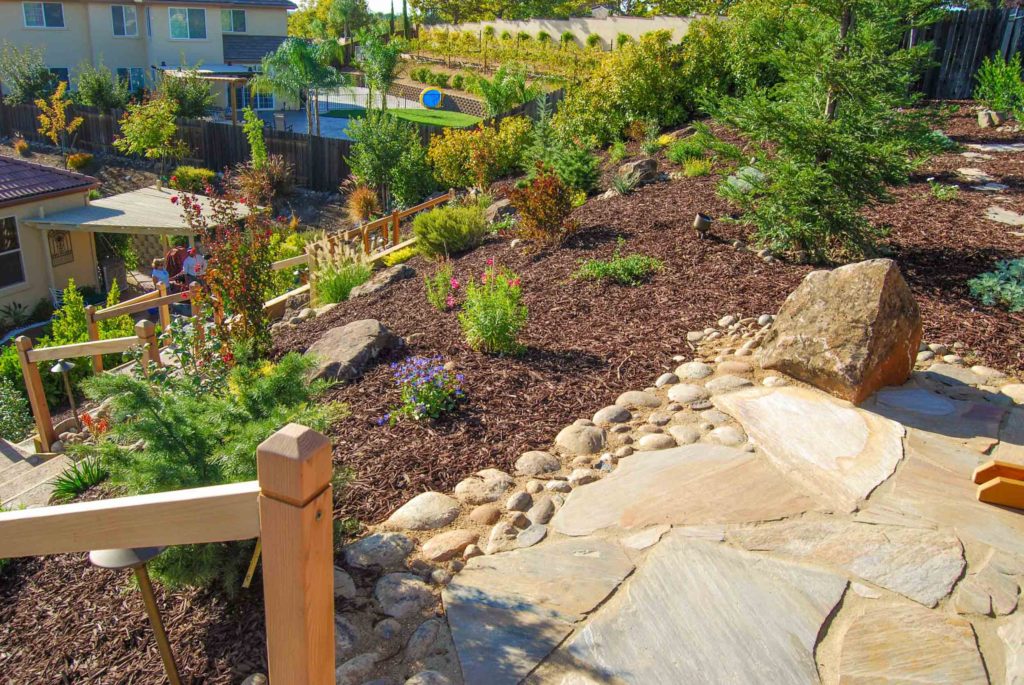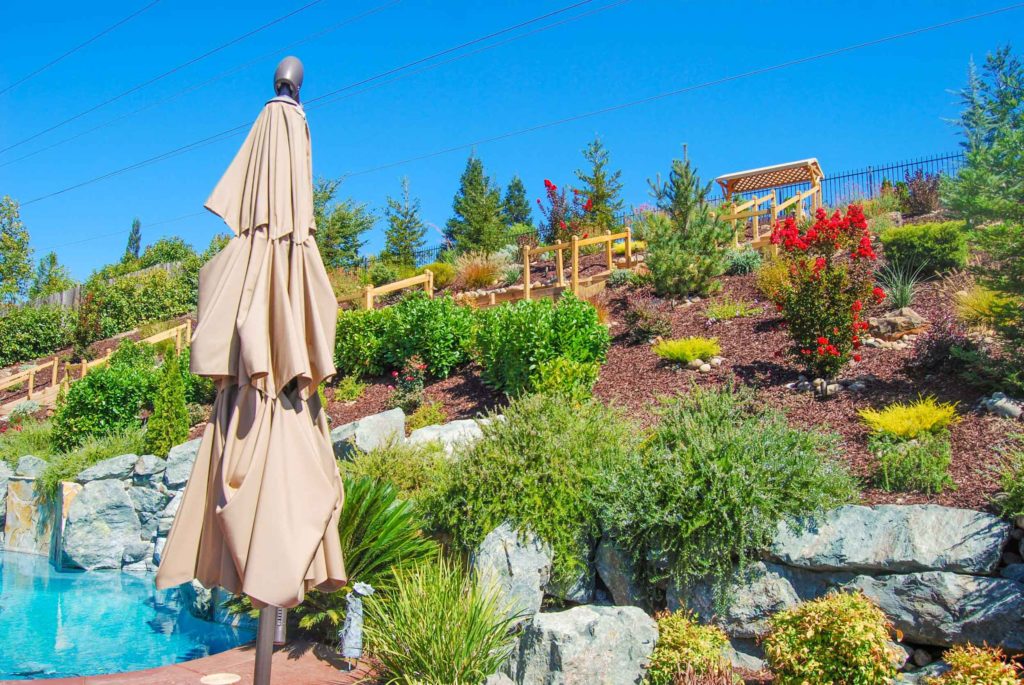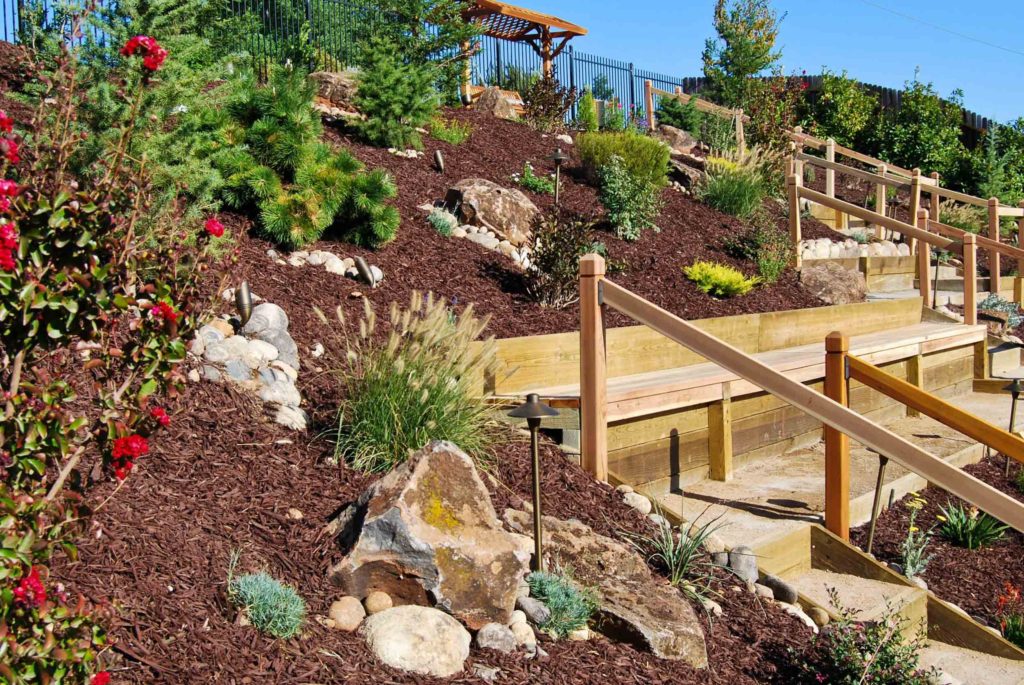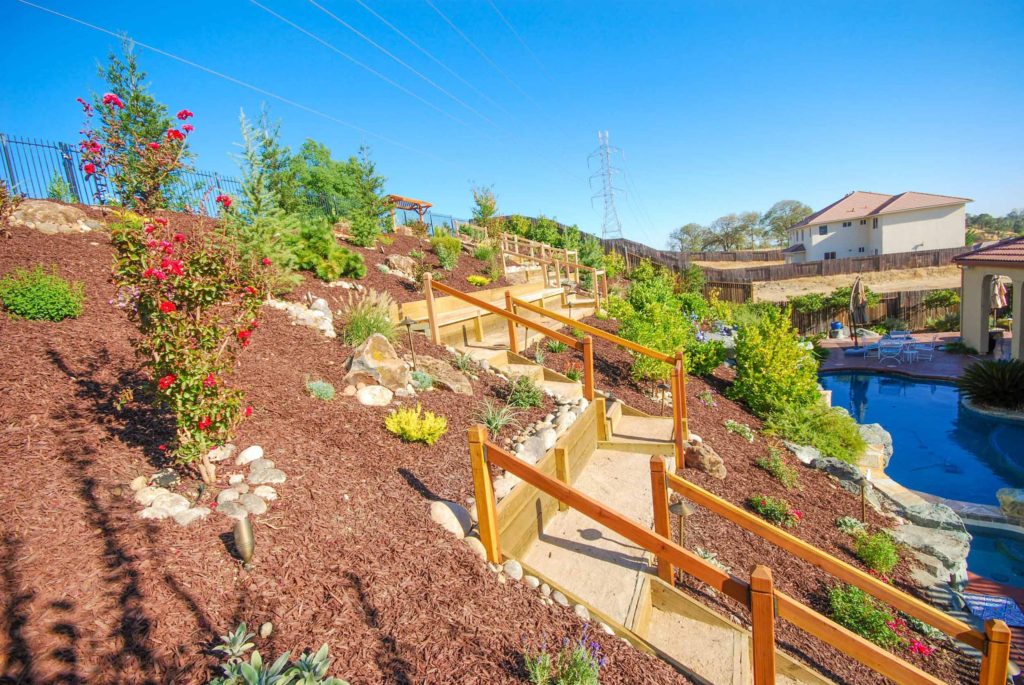Growing Roots
I trust everyone had a nice holiday. Christmas and Thanksgiving are two of the few holidays that families make the effort to get together. It truly can be a special time. We will not be attending
the Cal Expo Home and Garden Show this year and the main down- side is I really enjoy talking to you! However, I look forward to meeting many of you via our appointments. Our business comes from you via the magazine, not so much the show. So, as much as w will miss that we are already getting busy, so if you are thinking of landscaping please make an appointment soon. We have a self-registering website and it will take you to the days available (Janu- ary is full). For those of you who took the time to call or email me regard- ing the Christmas article, thank you.

Your words were very encouraging; they mean a lot to me (it is the first time I shared my struggles publicly). Each January I like to start the New Year off by reviewing landscape care, hence the title. As a grower in the wholesale business that I come from, my focus was on growing strong roots. If I succeeded in that, the plant would do the rest and grow strong and healthy shoots. I want to discuss the care of the garden, and directly connected to that is your enjoy- ment of it. Although I will be speaking in “big picture” terms, you can find more detailed information by clicking on the tab titled, “Landscape Tips,” on our website (www.executivecareinc.com). It makes no sense to spend money on a landscape and not have some understanding of the garden. Plant care can be broken down into
three general categories: Proper Irrigation, Pruning, and Fertilization. Generally speaking, if we are hitting high marks in these three areas, the plant can fend off the bugs and protect itself.
Proper Irrigation Trees are often the most neglected in the land- scape. We tend to not water the trees deep enough, therefore compromising their health, and causing many other concerns. Surface roots are a result of this causing difficulty in mowing, and concern that the roots will crack a driveway or sidewalks. Aphids, weak growth and yellow leaves are also the result of improper watering. Ultimately, the tree can become top heavy and potentially fall over due to the lack of deep rooting. If you have this problem, it is best to seek the advice of an arborist. Next, check your drip emitters and make sure you have two per plant and at least two gallon per hour for landscapes 3 years or older. For trees, I prefer 3 drip bubblers evenly spaced around the dripline of the tree. An extra measure would be to include tree wells. You can assist the downward flow of water with an 8” long and 4” wide PVC pipe. It must be back filled with gravel and have a drip bubbler inside. This enables the water to soak into the ground as opposed to running off. Lastly, remember to check the emitters and bubblers from time to time. Emitters can get clogged and bubblers need adjusting on occasion. Minimum run times for drip is 35 minutes, 45 minutes for landscapes 4 years and older – 4 to 5 days a week during the growing period. If you sink when you walk on your lawn, it is time to dethatch. Dethatching “beats up the lawn” as it removes the dead lawn matter that interferes with irrigation and fertilization. To find out how deep the thatch is, cut a wedge-shaped piece with the shovel and then lift it leaving the back side intact. Measure the distance from where the soil ends to where the blades of grass emerge. That will give you a good indication of how thoroughly you need to thatch the lawn. More than 3⁄4 inch of thatch starts costing more money in irrigation and fertilizer use. Aeration is also recommended, especially for lawns on slopes. Remember to check your sprinklers for leaks, plugged nozzles or buried heads. If the lawn is on a slope and you are using conventional nozzles you may want to consider the water miser nozzles (MP Rotor nozzles), though I also recommend them for level lawns. See your irrigation stores for more information on this. They minimize run-off and allow the water to soak into the lawn better. The alternative is to water less but use multiple cycles with conventional nozzles.

Pruning Plants: In proper combinations they bring so much beauty to the landscape. Unfortunately, most of the landscapes we do are “re-dos.” They consist of the same eight to ten plants. These plants tend to be aggressive growers, which need frequent pruning. During the next few months these large growers can be pruned up to fifty percent. This will make them more manageable. In hard pruning there is one rule. Never leave the plant without leaves. Prune the top first or the sides, but not both. Let the pruned portion leaf out and then do the other. Trees: Just keep them thinned; with our strong winter winds, the canopy acts like a sail and catches the wind. Evergreen trees such as Magnolias, Japanese Pears and especially African Sumacs are examples of trees that can topple over. Oak trees are by far the worst, leaves or no leaves. Be diligent to keep these under the care of an arborist, especially if they are growing close to your home.
Fertilization Even if you are not pruning, fertilizer should be applied. My preference is an organic fertilizer with mycorrhizae (fungi). These beneficial fungi help the plants with nutrient up- take and drought tolerance. The organic fertilizer feeds the biology in the soil, which in turn feeds the plants. This is nature’s way. Nurseries and some irrigation stores are now carrying organics. Be generous with the fertilizer as if you are heavily salting your food. Once you have broadcasted the fertilizer, scratch it into the ground if possible. I know with mulch and roots this step is not do-able. In either case the rains will help carry the fertilizer and fungi down to the roots. And since this is rain sensitive, do this sooner as opposed to later.
Lastly, some tips for DIY-ers. In landscaping you must consider the final maturity of the plant and what you will add in addition, such as boulders. Initially the plants are small, and the boulders “appear” oversized. The funny thing about boulders is that they do not grow with the landscape. Therefore, if your starter-yard looks more like a rock garden than a landscape, you’re probably doing a decent job. To do an extraordinarily awesome job with no dirt under your nails, you will need to call us. Until next time—happy gardening. 🙂




